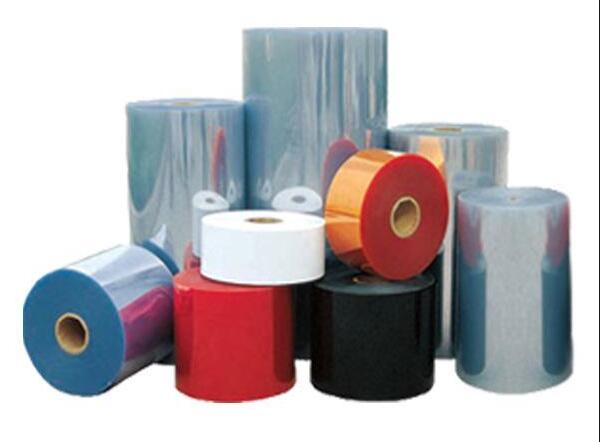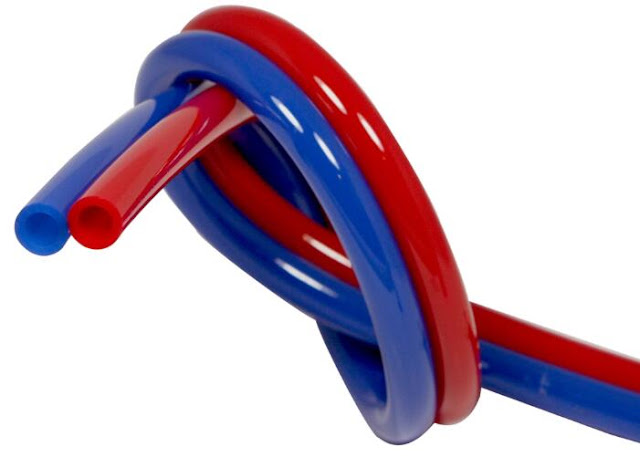Applications for Melt Processable Perfluorinated Resins
DuPont Teflon® FEP and PFA perfluorinated resins possess melt viscosities low enough for processing in melt extruders. Additionally, FEP and PFA are well suited for extrusion foaming while maintaining their low dielectric constant and low dissipation factors, both necessary for twisted pair and coaxial cable insulations.
Data cables are used in the transmission of electronic signals in a variety of settings and applications. The key electrical properties required for these cables include a low dielectric constant and a low dissipation factor. These properties can be enhanced by foaming the insulation. Depending on the resin used, cables having a foamed insulation allow cable miniaturization, weight reduction of the end product, and the transmission of clear high-quality electrical signals at high signal speeds.
Foamed cables fabricated from DuPont fluoropolymer resins have become extremely popular in computer manufacturing and installation of network systems. Cables made with DuPont Teflon® FEP or PFA have low-flame and low-smoke attributes. These cables can be routed through plenums and other air handling ducts, reducing the need for the costly installation of electrical conduit.
Structure and Properties of Fluoropolymers
The discovery of PTFE by DuPont occurred in the 1930's, but at that time, the new perfluorinated resin could not be melt extruded. Further research by DuPont into the modification of the polymer architecture led to the development of a series of melt processable fluoropolymers such as FEP, PFA, and ETFE, solidifying DuPont as the world leader in fluoropolymer research.
The ability to melt extrude these polymers, combined with such characteristics as low dielectric constant and low flammability made FEP and PFA well suited for wire and cable applications.
Typical Physical Characteristics of PTFE, PFA, FEP, and ETFE
















